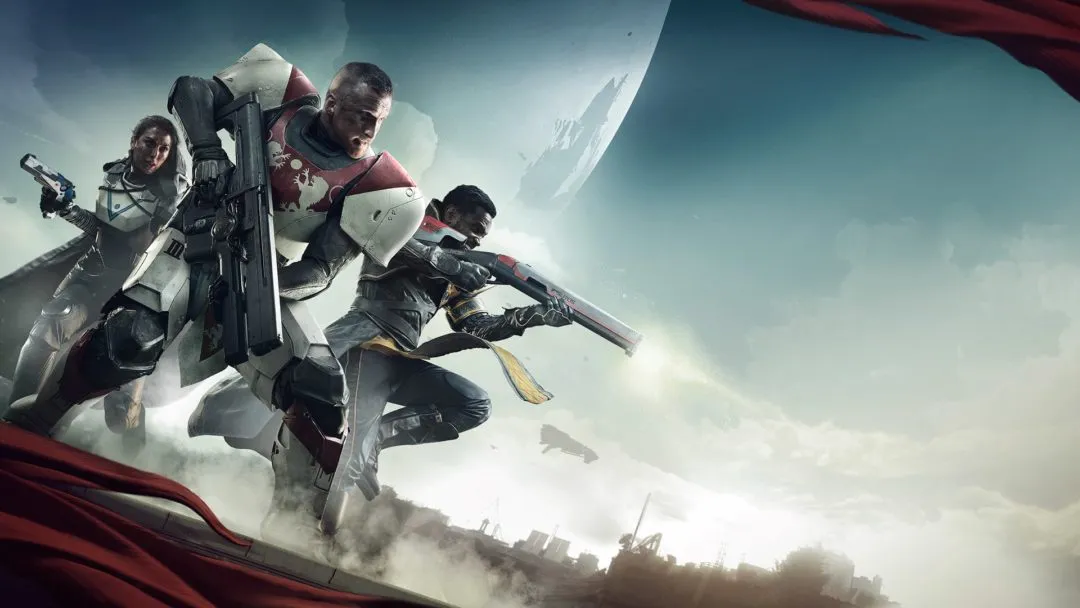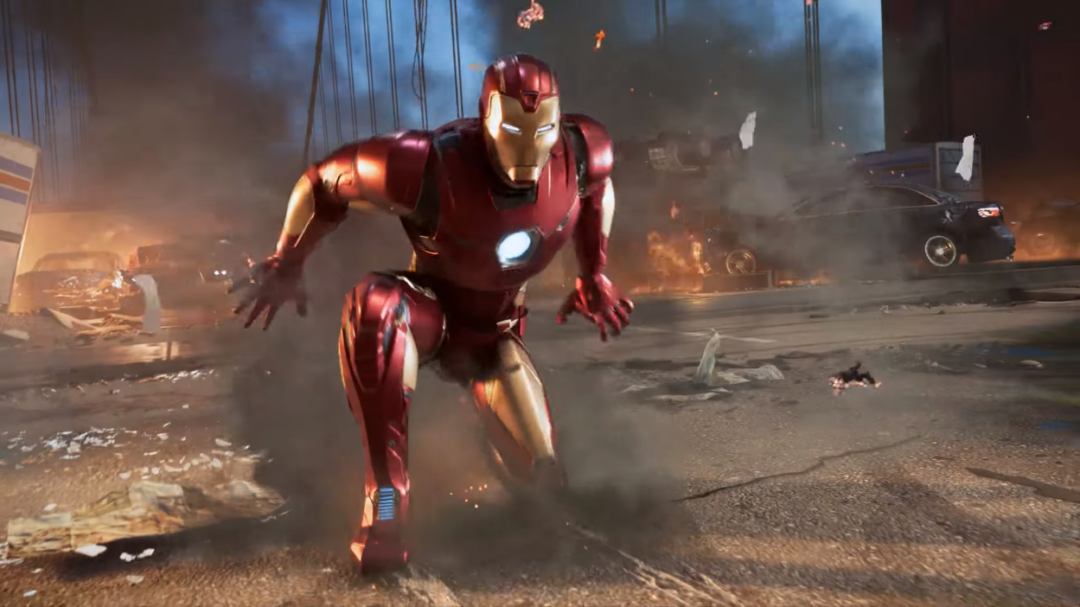
I’ve often used this space to complain about the way this industry is being run, about how publishers have a narrow view that’s driving them to stagnation and making the hobby less fun for everyone. They’re missing out on profits and we’re missing out on an experience with less hassle and more variety. Whenever I bring this up, people point to the videogame crash of 1983 and wonder if we’re heading for another bust.
But before I speculate about a videogame bust, let’s back up for a history lesson.
The crash of 1983 was an extraordinarily destructive business conflagration, the likes of which you might see once in a lifetime. Sure, the dot-com bubble was a big deal, but that was the result of everyone speculating a market was about to grow, and then it didn’t. That’s very different from 1983, when an existing and thriving market basically vanished. Sales dropped 97% over the course of two years. Outside of war, I can’t find a historical example of any single industry falling that fast. What’s even more amazing is that they weren’t really being replaced by anything. This wasn’t like when people stopped buying cassette tapes and started buying compact discs. People suddenly stopped buying videogames and there wasn’t really a major contender on the field for their entertainment dollars. Nothing else pushed games aside. People just stopped buying them.
I loved my Atari 2600. My favorites were the arcade adaptations: Asteroids, Space Invaders, Defender, and Missile Command. But here’s the thing: The games were a shocking $40. (That’s about $100 in today’s dollars.) At that price, I couldn’t get more than a few games a year, and that was with sustained pestering and haranguing of the adults in my life.
I was twelve years old when the crash happened, although like a lot of kids I didn’t really register that something had happened until a year or so later when I saw all those $40 games sitting in giant bins with $3 price tags. What was amazing to me wasn’t the low price, but the fact that I didn’t want any of them. Not even for $3. That moment – the moment where I realized I didn’t want anything they were selling – was when the crash really hit home. It used to be that new games were the only thing I ever wanted, and now I didn’t care.
The conventional wisdom was that Atari ruled the industry, and they killed their own market by shoveling out mountains of low-quality titles. On one hand they were squeezing their developers by asking them to produce games under ridiculous conditions and then denying them credit or royalties on the games they produced, and on the other hand they were squeezing consumers by keeping prices high and not caring about quality. The most infamous example is the case of E.T., the supposedly “worst videogame ever made” which was made by one guy in five weeks. The development budget was probably less than ten thousand dollars, and their marketing campaign was millions.
This is where people will usually draw parallels between 1983 and 2013. All the developers have collapsed into one of the small number of publishers, and those publishers will work their employees 80 hours a week to turn out a bland and derivative games and then charge $60 for them. They spend more on marketing than they do on the game itself, they don’t care about quality, and they don’t care about the consumer. It’s just like 1983, right?

Well, no. Today is like 1983 in the same way that flu season is like the black plague. The problems in 1983 were much more extreme than they are now. We’re not close to a crash, and I don’t think we’re moving in that direction. If this was really 1983 again, then (say) EA would be the only notable publisher left, every game they put out would be Aliens: Colonial Marines quality or lower, and they would all cost $100. It’s bad, but it’s not that bad.
I think a lot of people overlook the other major contributor to the crash, which is that (and I don’t say this very often) we really needed a new console generation. I’m not usually one to demand more graphics but in this case we needed the power because the gameplay was at a dead end. The machine had just 4k of memory. If you fed the Atari 2600 the raw text of this article, it would have run out of space in the middle of this paragraph. That’s just text. And in that space you needed to fit your graphics, sounds, and machine code to run the game. This means that most of your gameplay needed to be reflex test-type stuff. You couldn’t offer a story. You couldn’t give the player tons of space to explore. You couldn’t give them music worth listening to. You couldn’t set a mood. You couldn’t even depict characters. People make fun of old Mario for being little more than an icon and a sound effect, but even that simplistic try at giving a game humanity was beyond the reach of the poor Atari 2600. The most common character design was a square of pixels. Sometimes you were a square of pixels that had a pixel sticking out of it, which shot pixels.
The point is, people were getting bored with the machine long before the quality started dropping. Atari was doomed, and their gross mismanagement only sped up the process that was already taking place.
Today we have the opposite problem. While today’s games might be looking kind of same-y and repetitive (depending on your personal taste) it’s nothing to do with hardware. Any problem we have with the state of AAA games is a business problem, not a lack of processing power. We’ve got open worlds, faces that can emote in close-ups, and enough power to animate tons of characters in dynamic environments. Unlike the Atari 2600, we could spend decades with this technology before we ran out of things to do with it.
Barring any larger society-wide economic disaster, the industry as it is now is basically crash-proof. We’re never going to see another implosion on the scale of 1983, when the whole hobby vanished. We’ve got indies and we’ve got digital distribution, which means that even if the big publishers did somehow go out of business, people would still be making and selling videogames.
And I don’t even think that sort of publisher-level crash is all that plausible. I maintain that publishers could be doing a lot better if they understood their products and customers better, but they’re not tanking.
So you don’t need to worry about some horrible crash. You just need to worry that things might not get better.
Shamus Young has a blog, a book, a podcast, a let’s play series, and he has no sense of platform loyalty.





Published: Aug 6, 2013 07:00 pm